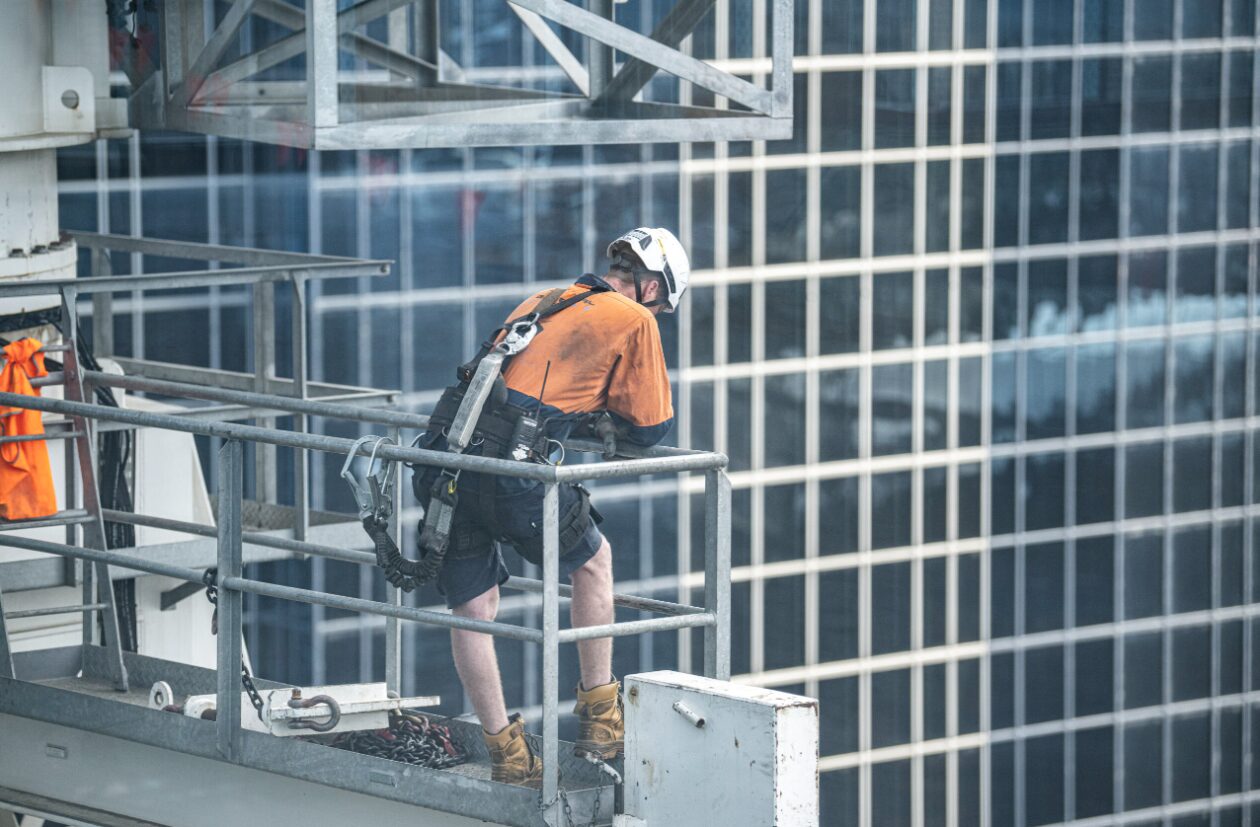Incolink CEO Erik Locke: While the RBA deliberates the construction industry holds its breath
Posted on Aug 06, 2024

In 1965 the new $10 million Reserve Bank Building opened as a starkly modern symbol of a new Australia that was now ready to step out of the shadows of the Second World War and into a more global and connected world.
Upon completion of the modern building, the RBA Governor of the time, Herbert Cole “Nugget” Coombs, remarked that:
Here, contemporary design and conceptions express our conviction that a central bank should develop with growing knowledge and a changing institutional structure and adapt its policies and techniques to the changing community within which it works.
While the RBA Building at Martin Place would still be recognisable to Coombs, the way the bank operates today does not always exemplify the progressive foundations upon which it was built.
Despite operating in an increasingly globalised economy where national bank monetary policy is of diminishing effect, and notwithstanding the pain and suffering inflicted on our populace, it has remained dogmatic and intransigent in pursuit of a narrow, anachronistic definition of a successful economy.
The RBA has steadfastly held the benchmark cash rate at 4.35% since December last year, a percentage not seen in over a decade, ostensibly to curb spending and reduce inflation.
This monetary policy response has seen the headline rate of inflation drop markedly from the peak rate of 7.8% seen 18 months ago, hovering around the 3.4% - 3.6% mark throughout most of this year, albeit persisting well above the RBAs target of 2% - 3%. With that inflation rate proving sticky in recent months, the likelihood of a further rise in interest rates remains.
The RBA’s attempts to steady the economy solely by reducing the rate of inflation is looking increasingly like renovating your entire kitchen to fix a leaky tap – it may solve the issue, but at a huge and unnecessary cost.
Inevitably, that cost is paid by the same Australians that always pay most dearly for the debts of society: women, marginalised groups, minorities, those with disabilities, and most wage-earning workers.
For those cohorts, the Reserve Bank’s pressure on the economy is already resulting soaring rents or homelessness (caused by the lack of housing supply), cuts to real household income, and increasing unemployment. Higher interest rates are a blunt instrument that repeatedly punish the same people, while not being well-targeted at the causes of inflation.
For many Australians, housing affordability is the most pressing issue that needs to be addressed by our society, our government, and our institutions. And for those who are less advantaged – who cannot even countenance the idea of owning or renting a home – they face violations of a wide range of their human rights – a true national shame. Yet, at a time when the federal and state governments have recognised there is a critical shortage of housing, higher interest rates have exacerbated the situation by slowing the rate of housing construction.
While in totality, there are not enough dwellings available, there is still a sizeable surplus of homes and apartments that are listed for sale, but out of reach for much of the market. A big reason for this is that high interest rates degrade borrowing and servicing capacities, making homes financially unattainable for owner-occupiers and investors.
If rates are cut, more people will begin buying again, freeing up rentals for those less advantaged, reducing pressure on rents, and providing our industry with the much-needed capital to start the next generation of projects, confident that they will be sold.
If rates rise, the most worrying consequence is the decimation of the building and construction industry, which is already under significant financial strain from a string of external pressures – lockdowns, supply chain shortages, material input price spikes, interest rate rises, energy efficiency cost-related increases, insurance cost increases, and workforce shortages causing further delays and increased holding costs.
These compounding pressures have pushed many companies to the brink of bankruptcy, with Metricon narrowly avoiding administration – while some spectacular collapses including Porter Davis and ProBuild have further fuelled negative impacts on consumer confidence and demand.
As the safety net for the construction industry and the nation’s largest redundancy fund, Incolink is at the coal face of industry volatility and increasingly negative experiences. Since the pandemic, there has been 150% yearly increases in companies entering administration, with residential builders making up the lion’s share of those companies ceasing operations.
Even more concerning is recent reporting from ASIC that not only are we seeing a record high number of corporate insolvencies in the past 12-months, but a full one in four of those insolvencies are companies in the building and construction industry.
A healthy Construction sector is critical to the economy, encompassing ten percent of the nation’s gross domestic product and over a million jobs. As the industry is highly exposed to interest rates and supply chain disruptions, it is positioned at the forefront of the economic turmoil that may be to come.
Building and construction is the canary in the coal-mine for our economy. If economic damage is wreaked upon it, contagion will likely spread to other parts of the economy.
The RBA has a decision to make. The real question it should ask itself is does it want to continue making futile efforts to tame domestic inflation in a globalised economy? Or does it want to reflect the progressive foundations upon which it was built and recognise the need to ease pressure on millions of Australians, ensure our building and construction industry succeeds, and make more homes affordable, ensuring more people will have a roof over their heads.
Let’s support measures that drive growth, employment, and stability for everyone.

